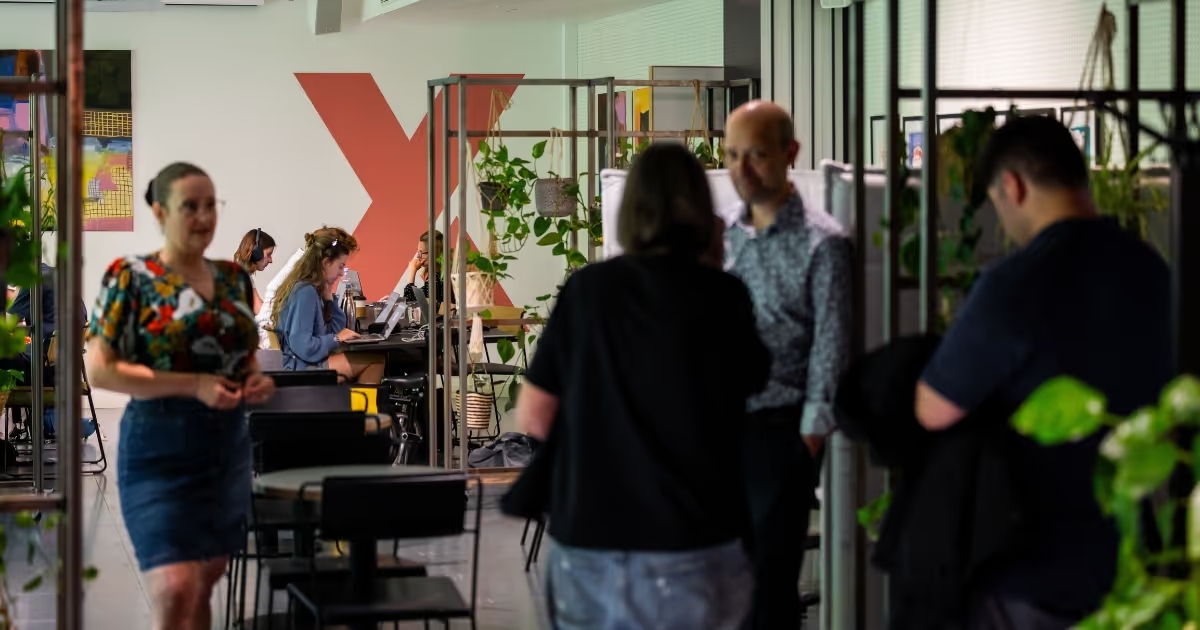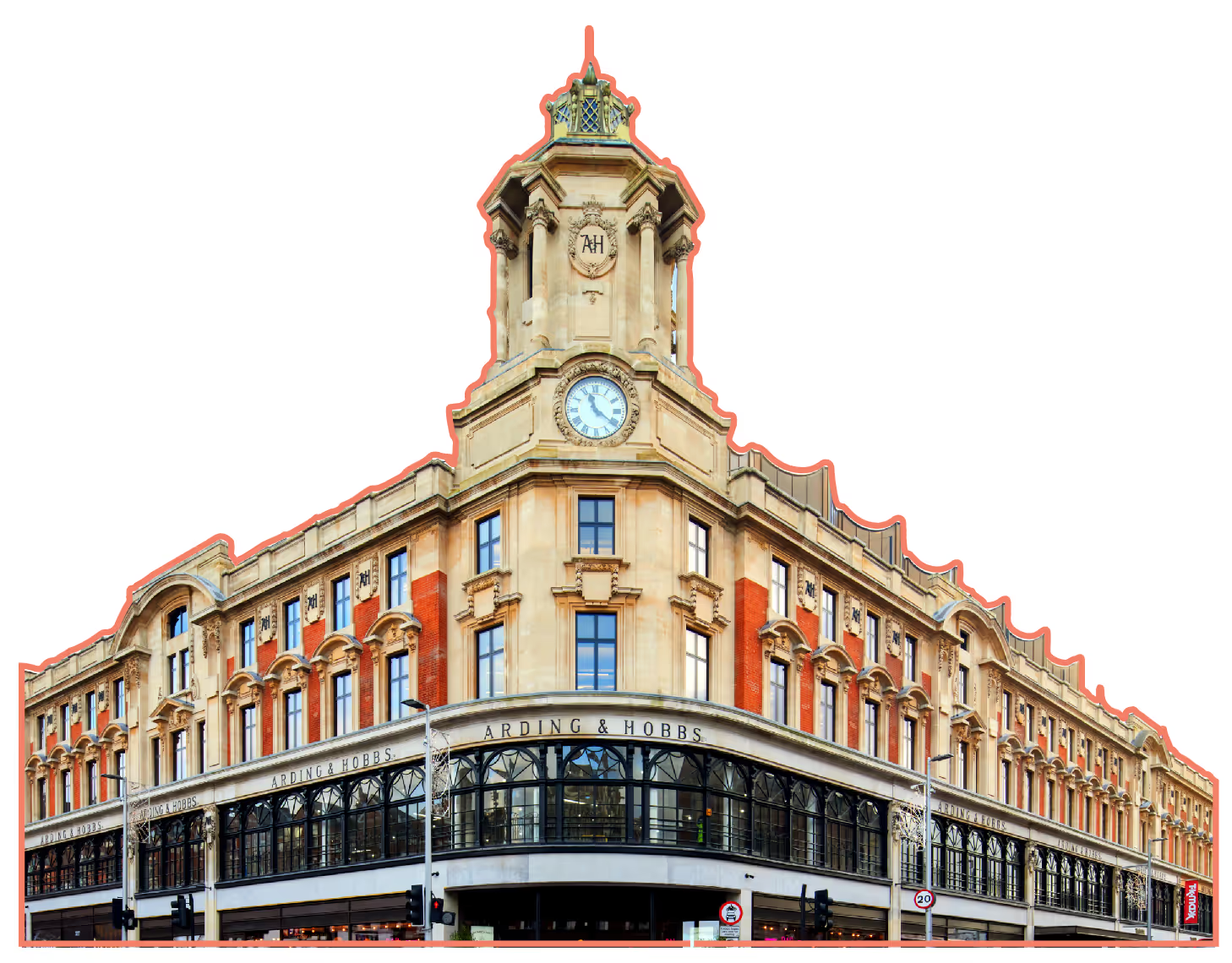As material people in a material world, the fabric of the future relies on innovation in green textiles that are set to transform our world. Materials matter - they represent the beginning of the design journey, embodying tactile promise, and expressing the creativity and substance of new products. However, research tells us that they also account for highly significant impacts across the supply chain. The material choice alone can account for up to 80% of a product’s environmental and social footprint, therefore materials innovation plays a pivotal role in potentially transfiguring the impacts of a whole range of industries
As material people in a material world, the fabric of the future relies on innovation in green textiles that are set to transform our world. Materials matter - they represent the beginning of the design journey, embodying tactile promise, and expressing the creativity and substance of new products. However, research tells us that they also account for highly significant impacts across the supply chain. The material choice alone can account for up to 80% of a product’s environmental and social footprint, therefore materials innovation plays a pivotal role in potentially transfiguring the impacts of a whole range of industries.
{{divider}}
A variety of innovations represent new opportunities and solutions towards a diverse materials future. The ideas range from the purely speculative and experimental, to commercially-available emerging materials that focus on solutions and systems thinking, such as closing the loop on plastic-based products or food and agricultural waste streams.
{{divider}}
These innovations span a broad scope of raw material sources, highlighting the imperative to diversify our material needs and to reframe our definitions of ‘waste’. In recent years, we have seen a surge in research and development in this area, and particularly promising is the nascent era of bio-fabricated materials; where nature is the real architect - forming new, sustainable possibilities that work with, and for, the planet.
{{divider}}
Algae
{{divider}}
Algae are a group of aquatic organisms that harbour the ability to conduct photosynthesis - converting energy from sunlight. They represent a highly renewable feedstock that can be used for a diverse array of applications. Currently, we recycle only 9% of our plastics globally. Charlotte McCurdy’s algae-based, carbon-negative bioplastic project explored the role of material sources in sequestering carbon and highlighted the need to stop putting fossil fuels back into our material feedstocks. Fellow sustainability designer Cassie Quinn has created an algae yarn that can be spun and knitted, or used as a fine thread for embroidery. It requires no heat when making, and is fully biodegradable.
{{divider}}
Mycellium
{{divider}}
This is the vegetative root structure of the common mushroom. It consists of a mass of thread-like hyphae, and can self-assemble into complex 3D structures such as films, flexible sheets and rigid blocks. MycoTEX by Neffa has developed engineered clothes from compostable mycelium mushroom roots, eliminating the need for chemicals and pesticides, and reducing water use by 99.5% compared to agricultural fibre crops.
{{divider}}
Ecovative also produces a mycelium leather alternative that can be grown in any shape or size, and designer Aurelie Fontan has created a hybrid textile composed of 40% hemp as a substrate, and 60% mycelium. One hectare of industrial hemp can absorb 22 tonnes of CO2. It is a proficient renewable fibre source that grows with no pesticides and consumes less water.
{{divider}}
Bio-polymers
{{divider}}
The Sustainable Sequin Company and accessories designer Michelle Lowe Holder collaborated together to produce a bioplastic polymer that replaces the conventional plastic sequins commonly in use. Bio- iridescent sequins by Elissa Brunato employ bio-mimicry to harness the structural complexity that provides the iridescent colours seen on a butterfly wing. The sequins are created from cellulose instead of petrochemicals and do not use dyes. MarinaTex, by Lucy Hughes, is another domestically compostable bioplastic created from fish waste that replaces non-renewable, petrochemical-based plastic for packaging applications.
{{divider}}
Pineapple Wool emerged from a Central St Martins graduate project as a re-crafted fibre from pineapple leaves, a by-product of the juicing industry. Ananas Anam - the company who developed vegan leather alternative Pinatex™ from re-purposed post-agricultural waste pineapple leaves - also presented their latest biobased Pinatex™ surface. Mexican innovators Desserto have created a vegan cactus leather alternative that is grown on an organic plantation respects biodiversity and uses low energy and less water.
{{divider}}
Weganool™ by Faborg uses a hollow cellulose fibre grown in abundance in arid areas of South India, without the need for fertilisers or pesticides. Returning to traditional fibres but using high-performance technology, Ventile™ produces an extra durable, waterproof and literally life-saving, military-tested textile from an extra-long staple, certified organic cotton.
{{divider}}
Bacteria and Yeasts
{{divider}}
Single-celled organisms that can thrive in diverse environments. They can be used to produce a plethora of molecules, including dyes and materials. Single-celled micro-organisms that can ferment sugars into ingredients, flavours, fragrances and even grow complex proteins.
{{divider}}
Responding to the urgent need for change in the fashion industry, Dian-Jen Lin and Hannes Hulstaert founded Post Carbon Lab, and have created bacterial pigment dyeing and photosynthesis coating.
{{divider}}
The photosynthesis coating is a living layer of microorganisms that can be applied to textiles to enable active photosynthesis during the user phase: wearing a medium-sized T-shirt treated with the coating can generate 72.8% of the oxygen created by a tree in 24 hours!
{{divider}}
Conventional dye-stuffs are mostly made from petrochemicals. Piero D’Angelo’s project explores the creation of dyes using a unicellular organism that feeds on bacteria, yeasts, and fungi, producing different shades by altering the pH. The ‘slime mould’ genus of this organism is not harmful to humans and can be kept alive through a ‘mother culture’, continually growing pigments.
{{divider}}
Alice Potts makes poetically beautiful experiments extracting molecular compounds and crystallising human sweat. Her work prompts fascination with the power and beauty of nature and causes us to question what constitutes a ‘waste’ product. Sweat crystals have also been used to produce fibre optic technology.
{{divider}}
CSM Material Futures graduate Rosie Broadhead, in collaboration with microbiologist Dr. Callewart, explores the benefits of encapsulating healthy probiotic bacteria into textile fibres engineered to specific parts of the body. Regenerated Functional Fibres replace synthetic dyes and antimicrobial treatments with natural substances, embedding them into regenerated cellulose fibres, reducing water and energy consumption. Finally, Spintex artificially spins a complex protein called ‘spider’ silk, with low energy, chemical, and water use to create a strong, fine filament.
{{divider}}
Recycling Tech
{{divider}}
Albert yarn by Avery Dennison utilises pre-consumer polyester textile waste to create a new yarn, saving 15% energy and 72% water savings over virgin yarn production. London College of Fashion Cordwainers Accessories graduate Lydia Ngo was awarded the Kering Award for Sustainable Innovation for responding to the plastic waste crisis with her systems thinking community approach to harvesting waste. Ngo created a precious recycled HPD plastic marbled material that can be recycled again and again. Another designer Alice Rowbotham works closely with UK mills to recover fibres and deadstock yarns to create handcrafted accessories.
{{divider}}
As we welcome a new materials landscape, our understanding of their provenance, processing, and relationship with our resources needs to broaden and these definitions bring a new materials language including: bio- design, mimicry, and material. We all need to urgently rethink our relationship with the resources that provide our material needs, and actively engage in responsible choices that contribute to positive impacts, regenerate resources, and limit and re-use waste streams intelligently. We look forward to a new materials landscape and the birth of responsible systems and models for the future of textiles and bio-fabrics.


.png)
.avif)


.avif)


.avif)
.avif)




